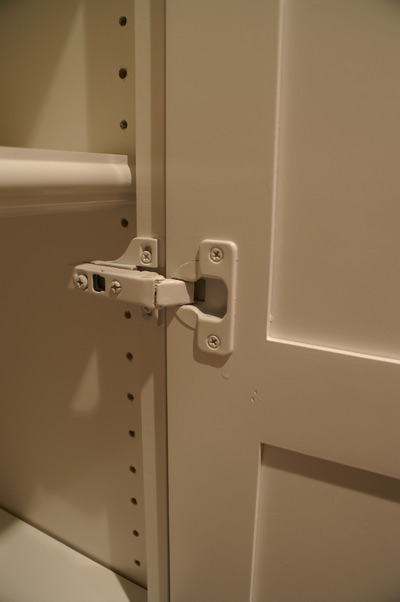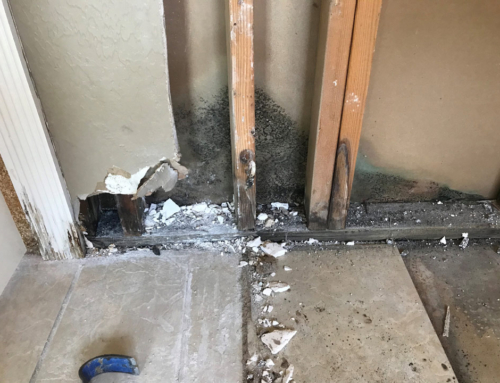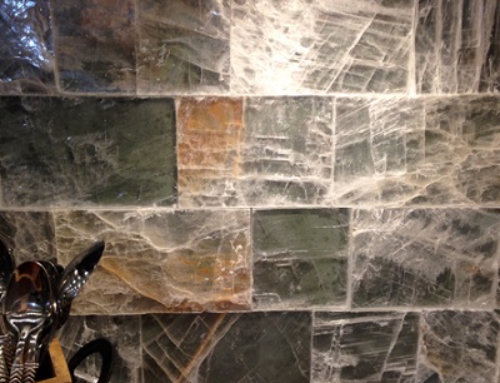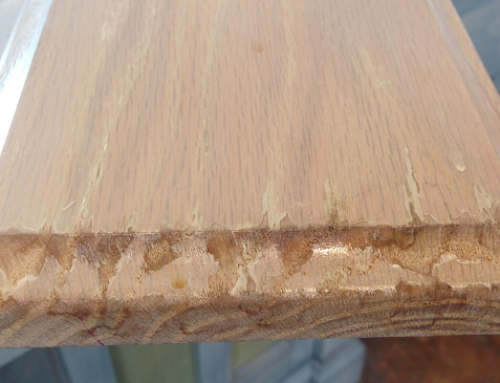


As with many of the things we encounter throughout our day, Design and Remodeling can be graded. Just like eggs, meat, or your test results in school, each component of a project can receive an A, B, or other grade based on the quality of that element. Here’s a guide to help you select which one fits your home and family.
Design: The design for a room is the most important element that will determine how the space Functions, and how it looks. Design is not selecting which tile goes with which countertop. It’s about creating the perfect space to enhance the way you want to use your kitchen, bath, or other room. Space planning, lifestyle inventory and analysis, coupled with an investment in continued education and industry analysis to know how to create the perfect space. After space planning and design has been completed, next a designer will select the elements that will fulfill the design. Would you like to work with a person with specialized training, documented testing, and years of experience in designing kitchens, baths, and other spaces? Or someone working for free, that has been pulling and replacing cabinets (C/D grade)? Or are you ok entrusting the most important room in your home to a roofing company that is out of roofing work and working remodels to get by?
Materials: Cabinets can range from builders basic to our top of the line – full custom cabinets with an A+ ranking. (I give builders cabinets a B-, yes, they are cut to fit the space, therefore they are custom, but they generally have fixed particle board shelves and rely upon the sheet rock wall for a back inside the cabinet). Tiles can be A Grade high level porcelain with hundreds of patterns before a repeat, or a C grade ceramic with 5 patterns and a low hardness factor subject to chipping and breaking. Paint can be high quality Sherwin Williams Duration Home with a lifetime warranty, or C Grade Contractor paint that will mar, scuff, and flake off within just a few years – oddly enough, also sold by Sherwin Williams!
Installation: The manner in which a contractor installs an item can also be graded. When applying the finish to builder-grade cabinets, the painters will paint or stain right over all the hinges and drawer glides, resulting in an F grade in my book. As would the painter that skips priming of the walls, then applies one coat of paint. Or take the electrician that leaves open splices in the attic, outside of a junction box – no one will ever see that will they? All F’s on their report cards.
Contrast this with a contractor that takes pride in every step of their work. Their motions and decisions are a source of pride, not just a means to a paycheck. Cabinet hardware is removed before applying a finish. Every wall receives a coat of primer and two full coats of paint. Electrical connections not only are placed in junction boxes, but the wires are folded in such a way as the next person that sees their work will say – this person took pride in their job! Grade A work on display.
People: When bringing people you don’t know into your home, how many of us judge a book by it’s cover? Do you want the worker with obvious drug problems in your house while you go to work? What about the reformed felon that had a pattern of “borrowing” the property of others? There is a place for all of these contractors, new construction being one of them. Inside my home, with my kids and everything I own on display, I want people I feel good about, and someone that can do the job with exceptional skill. A+ grade. Next time you have a contractor in your home, think about what grade you would apply.
Grade A work – everything in its place and tested:

Grade C work (painted hinges):

Grade F work (we found 3 major electrical violations behind this wall – and this was a home built by a builder for himself!):

A Grade (or better!):
- Licensed and Registered Designers, or Bachelor’s Degree in Interior Design
- Examples of actual work designed and built by this person on display
- Functional space planning illustrations to show how a space was improved or created
- Able to illustrate differences between product price points and why each matters
- Provides fixed pricing for a project up front (with some allowances for things unseen – but not things forgotten…)
- Professional – long term employees that invest in continued education
- Turn-Key Approach – one person accountability for everything that will occur in your home
- Stable contractors with proven track records (and licenses, insurance, and workers comp)
- Knowledge of materials available, how they perform, and what makes one better than another
B Grade:
- Designer may have experience – maybe with some formal training
- Price may be an approximate guess up front – as long as they disclose this
- Employees may come from new construction where things are done in the builders way, shortcuts and all
- You may be working directly with subcontractors, explaining what and how you want that step done
- Subcontractors may use builders spec home products or methods
- Materials may be lower quality – similar to those used in high-end new construction
C Grade:
- Design items and layout selected by contractor – usually just pull and replace with new
- Pricing very loose – may not include everything that you will really need to complete the remodel
- Jack of all trades contractor – running plumbing and electric today, hanging sheetrock tomorrow
- You may need to manage and correct the project if it is not done they way you thought
- Rough crewmembers…..pattern of crimes against property or people
- Builders spec home materials – same things you are trying to replace!
Bottom line: There is a place and price for each item detailed above. The questions you must answer is which grade do you want for your home? Are you getting a house ready for sale? Or are you remodeling the home of your dreams? While it is a fact that higher grades of people, process, and products will cost more, as Bob says: “When you pay for quality, you only cry once“.












